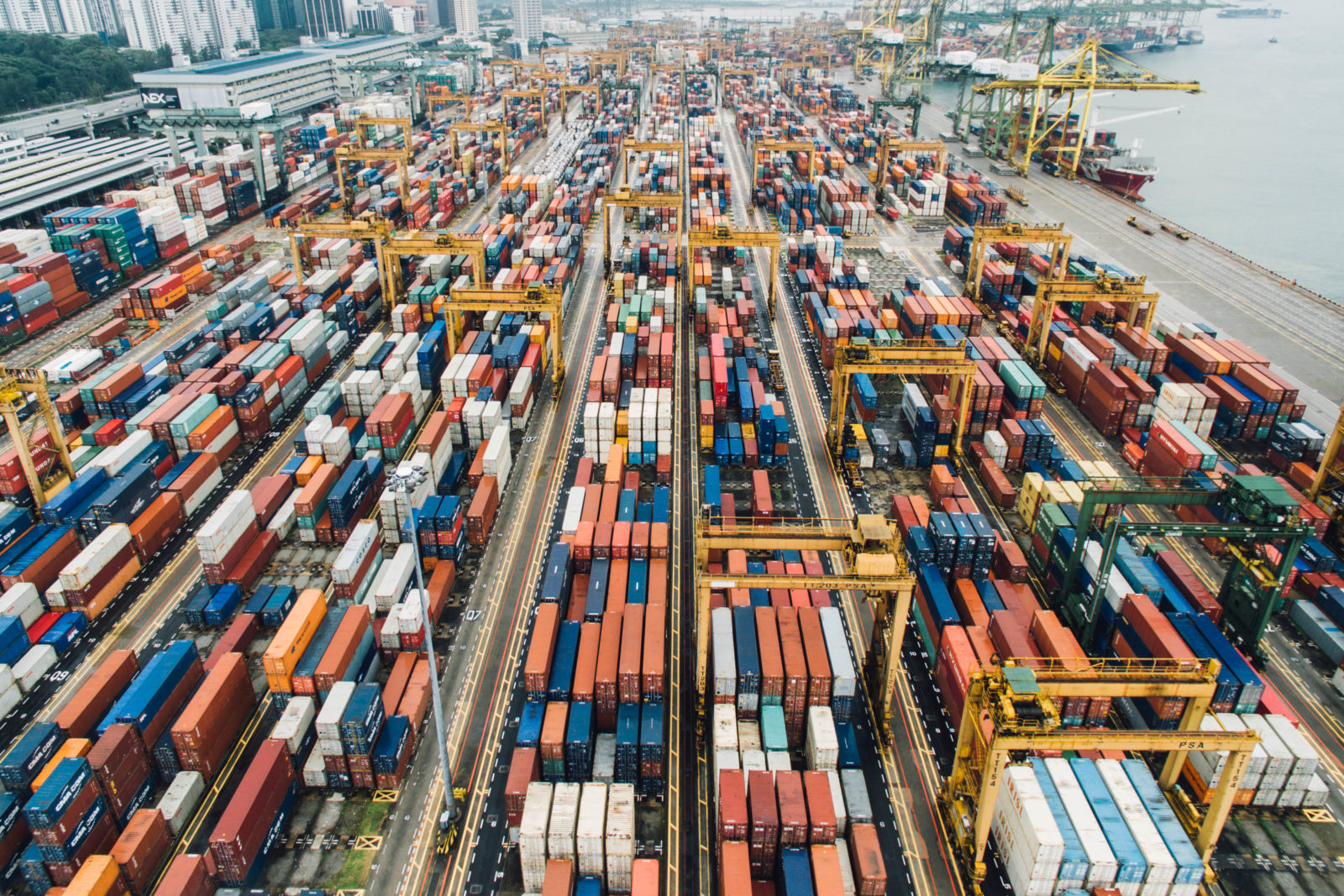The law of scarcity is a central business concept. It suggests that when a desirable resource is abundant, its value is not as high as that of a scarce resource.
Scarcity and utility determine the value and thus, the price of a resource. The law of scarcity is true for gold; it is also true for analytics.
Scarcity and Insight
For example, if I know a valuable truth, and I use that knowledge to my advantage, then that truth is more valuable to me individually than it would be if everyone in my community also knew that same truth. That is the law of scarcity as applied to information, and the basis of competitive advantage in our digital age.
For competing companies having an edge is valuable. An edge is scarce.
Geospatial is coming of age. We are entering an era where our community has access to enormous amounts of data. These sources, when directed through processing and analysis pipelines of some sort, will lead to numerous products. Of which the central output will be analytics describing our changing physical and human landscapes. It seems obvious to sell those analytics to customers like the financial markets where analysts and traders of various stripes might be able to develop more ‘signal’ based on better knowledge of their chosen commodity. However, when we consider this model, we ought to consider the pricing effect of abundance.
Scarcity and Scale
Too often as a technology community, we are trying to find the most scalable business solutions. More often than not, ‘scalable’ means building something once then selling it many times. This philosophy is the basis of Software As A Service, a movement primarily enabled by accessible cloud computing platforms. Our quandary here is that the more we sell a particular analytic, the closer we get to that idea of business scale, but the less valuable that analytic becomes. If we can find an optimization between market size and analytic value, then perhaps we win. Otherwise, our efforts at growth end up actively cannibalizing our business.
Additionally, we assume that others will want to buy access to an analytic that everyone has access to. But in our experience, the opposite is more likely.
If an analytic is readily available, then it does not differentiate decision making between competing companies. If the entire market has access to the same data products, then as in the market trading example, no differentiable signal will be created. The value of that particular insight has dropped with the increase in the addressable market size.
Keep it Custom
Our focus at Sparkgeo has always been on building bespoke experiences. We use geographic technology to study events that have occurred, that are happening now, and might happen in the future. To do this, we leverage massively scalable cloud computing, machine learning, and our knowledge of thousands of sensors which are watching, and listening to our planet.
For a number of our clients, we have become a geospatial research and development team. Whether we are measuring crop yields or how much coal is being moved from North Korea to China we are answering your competitor’s custom geospatial questions, maybe we can answer yours too?

